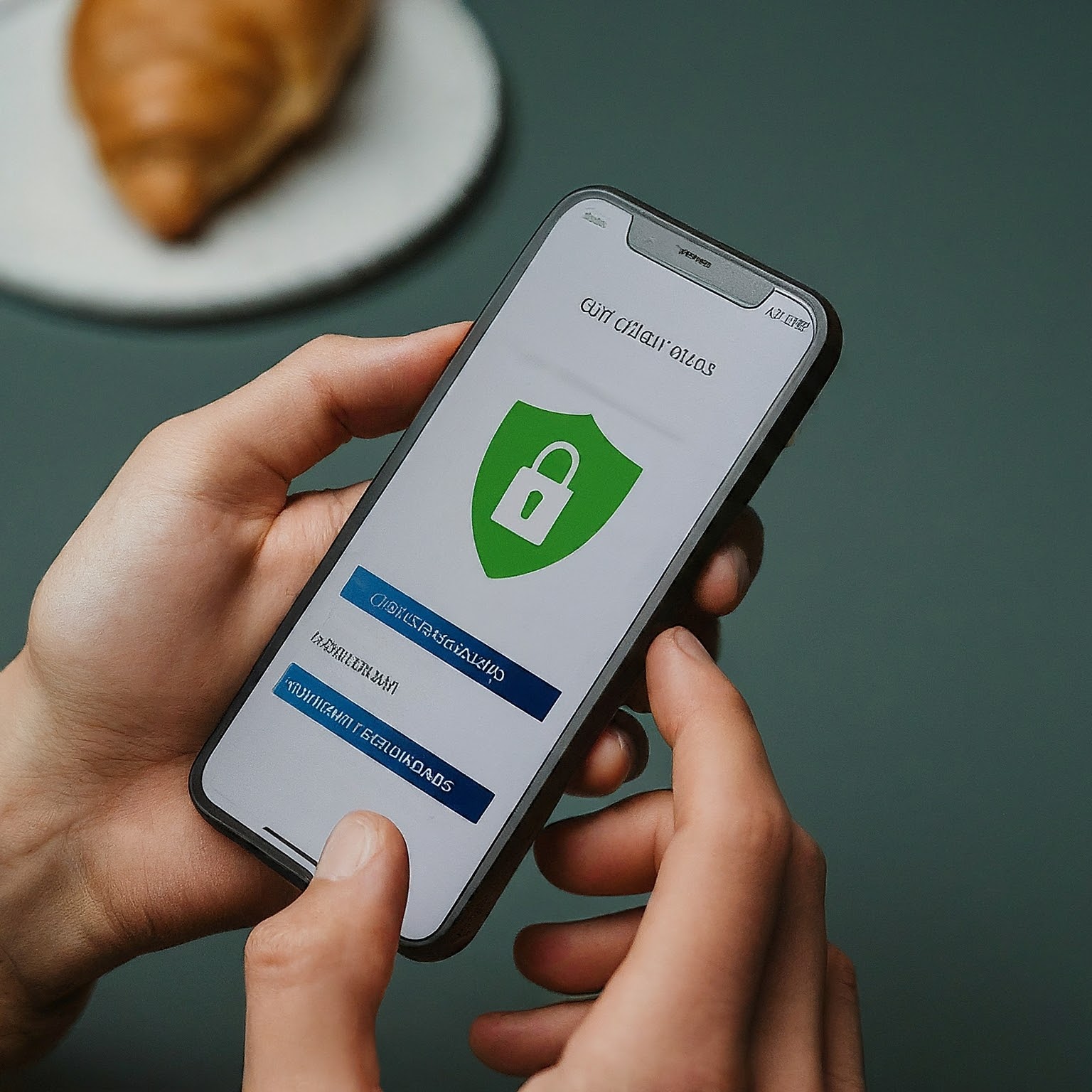In today’s digital age, our smartphones have become an integral part of our lives. We use them for everything from communication and entertainment to banking and shopping. However, this increased reliance on mobile devices also makes them attractive targets for cybercriminals. If you suspect that your phone has been infected with a virus, it’s important to take action quickly to protect your personal information and device functionality.
This exclusive article will provide you with a comprehensive guide on how to get rid of a virus on your phone. We’ll explore common signs of infection, prevention tips, and effective removal methods for both Android and iOS devices.

Signs Your Phone Might Have a Virus
Before diving into removal methods, it’s essential to recognize the signs that your phone might be infected with a virus. These include:
- Unexplained increase in data usage: If you notice a sudden spike in your data usage without any changes in your habits, it could indicate that a virus is running in the background and consuming data.
- Unfamiliar apps: If you see apps on your phone that you don’t remember downloading, it’s possible that a virus has installed them without your knowledge.
- Excessive pop-up ads: A sudden increase in pop-up ads, even when you’re not browsing the internet, can be a sign of adware or malware infection.
- Battery drain: If your phone’s battery is draining faster than usual, it could be because a virus is running in the background and consuming resources.
- Sluggish performance: If your phone is running slower than usual, it could be a sign that a virus is hogging system resources.
- Unexpected charges: If you notice unfamiliar charges on your phone bill, it could indicate that a virus has subscribed you to premium services without your consent.
If you experience any of these symptoms, it’s crucial to take action to identify and remove the virus from your phone.
Prevention is Better Than Cure
While it’s essential to know how to get rid of a virus on your phone, preventing infection in the first place is even better. Here are some tips to protect your phone from viruses:
- Only download apps from trusted sources: Stick to official app stores like Google Play Store or Apple App Store. Avoid downloading apps from third-party websites or unknown sources.
- Read app permissions carefully: Before installing an app, pay attention to the permissions it requests. Be cautious of apps that request excessive or unnecessary permissions, as they might be malicious.
- Keep your operating system and apps updated: Regularly update your phone’s operating system and installed apps to ensure you have the latest security patches and bug fixes.
- Use a reputable antivirus app: Install a reliable antivirus app on your phone and keep it updated. Antivirus apps can scan your device for threats and help protect you from malware.
- Be cautious of suspicious links and attachments: Avoid clicking on links or opening attachments from unknown senders, as they could contain malware.
- Use strong passwords and two-factor authentication: Protect your accounts with strong, unique passwords and enable two-factor authentication whenever possible.
- Back up your data regularly: Regularly back up your phone’s data to a secure cloud storage service or computer. This will help you recover your data in case your phone gets infected and needs to be reset.
How to Get Rid of a Virus on Your Android Phone
If you suspect that your Android phone has a virus, there are several steps you can take to remove it:
- Boot into safe mode: Safe mode disables all third-party apps, allowing you to identify and uninstall any malicious apps that might be causing the problem.
- Uninstall suspicious apps: Go to your phone’s settings and check the list of installed apps. If you see any apps that you don’t recognize or remember downloading, uninstall them.
- Clear cache and data: Clearing the cache and data of your apps can help remove any temporary files or data that might be associated with the virus.
- Run an antivirus scan: Use a reputable antivirus app to scan your phone for malware. If the app detects any threats, follow its instructions to remove them.
- Factory reset (last resort): If the above steps don’t work, you can perform a factory reset to erase all data and settings from your phone and start fresh. However, this should be your last resort as it will delete all your data. Make sure to back up your important files before proceeding.
How to Get Rid of a Virus on Your iPhone
While iOS devices are generally considered more secure than Android devices, they are not entirely immune to viruses. If you think your iPhone has a virus, here’s what you can do:
- Clear Safari history and website data: Clearing your browsing history and website data can help remove any malicious scripts or cookies that might be causing the problem.
- Restart your iPhone: A simple restart can sometimes clear minor software glitches and resolve issues caused by malware.
- Restore from a backup: If you have a recent backup of your iPhone, you can restore it to remove any malware that might have been installed after the backup was created.
- Contact Apple Support: If the above steps don’t work, contact Apple Support for further assistance. They can help you diagnose the issue and provide guidance on how to remove the virus.
Conclusion
Viruses and malware can pose a serious threat to your phone’s security and functionality. By following the prevention tips outlined in this article and taking prompt action if you suspect an infection, you can protect your device and personal information.
لا تعليق